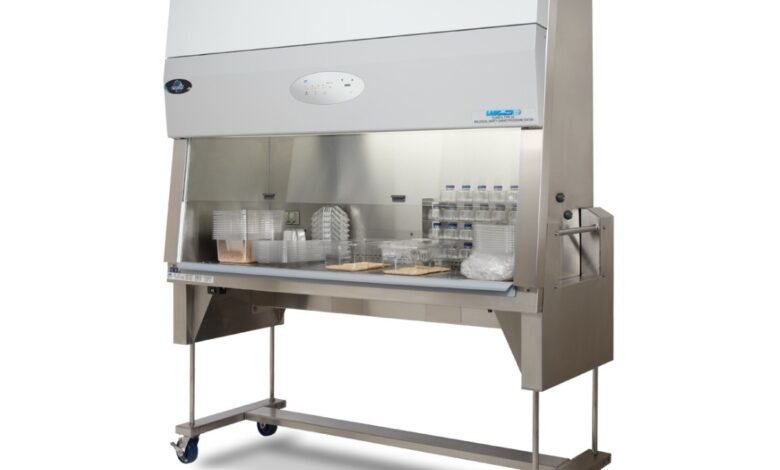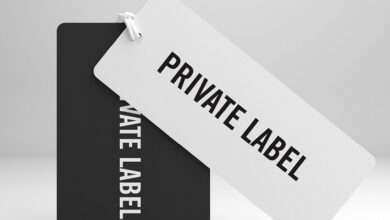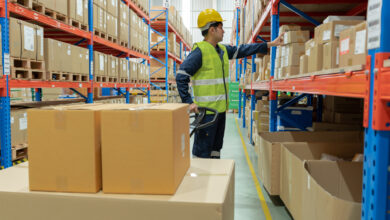FINDING THE RIGHT BIOSAFETY CABINET FOR YOUR LAB ON A BUDGET

Finding the right biosafety cabinet for your lab on a budget can be daunting. There are so many options available, from different sizes and materials to various price ranges, that it can be difficult to determine which one is the best fit for your lab’s needs. This blog post will discuss tips and tricks to help you find the perfect biosafety cabinet price for your lab while staying within your budget.
Table of Contents
Decide on the Type of Biosafety Cabinet You Need
Consider the Size of the Cabinet
Decide on the Type of Biosafety Cabinet You Need
When it comes to choosing the right biosafety cabinet for your lab, the type of cabinet you choose is just as important as the price. Class I, Class II, and Class III biosafety cabinets are the three main varieties. Each offers different levels of protection and performance, so choosing the right type for your needs is important.
Class I cabinets are the most basic and provide only minimal protection. They are used mainly in laboratories with a low risk of contamination.
Class II cabinets are more advanced and offer greater protection than Class I cabinets. They provide a higher level of protection against microorganisms, vapors, aerosols, and other airborne contaminants.
Class III cabinets are the most advanced and provide the highest level of protection. These cabinets are designed to protect personnel from hazardous materials, radioactive materials, and other highly toxic agents. They also provide a higher level of containment for samples.
In addition to the three main types of biosafety cabinets, other specialty cabinets can be used for specific applications such as specialized containment systems, animal caging systems, and tissue culture hoods.
Choosing the right type of biosafety cabinet for your laboratory is essential for ensuring safety and protecting your lab personnel from potential contamination. Be sure to consider the size of your lab, the type of work that will be performed in the lab, and the level of protection needed before making your final decision.
Consider the Size of the Cabinet
When looking for the right biosafety cabinet, size matters. You’ll want to ensure that the cabinet you purchase is large enough to fit the equipment and materials you need to work with in your lab. For larger items like petri dishes and pipettes, you’ll want to ensure you have plenty of room inside the cabinet so that you don’t have to maneuver around these items.
It’s also important to consider the cabinet’s size relative to the size of the space it will be placed in. If the cabinet is too big for the space it will take up too much space and can become a hindrance instead of a help. Before purchasing a cabinet, measure the space in your lab and determine how large of a cabinet will fit comfortably.
You should also think about any additional features you might need in your biosafety cabinet. Some cabinets have built-in shelves or drawers that can be used to store supplies and materials. This can be very useful if you need to access supplies quickly while working in the cabinet. Other cabinets may also have UV lights built into them, which can be useful for sterilizing surfaces inside the cabinet. Its essential to take into account each of these aspects before making a final choice.
Conclusion
When it comes to finding the right biosafety cabinet for your lab, you need to consider a variety of factors. First and foremost, determine the type of biosafety cabinet you need based on the type of work you are doing in your lab. Next, consider the cabinet’s dimensions and how they will fit into the lab’s available space. Finally, once you have narrowed down your options, compare prices from different vendors to find the best deal. Ultimately, by taking these considerations into account you can find a quality biosafety cabinet at a price that fits within your budget.



